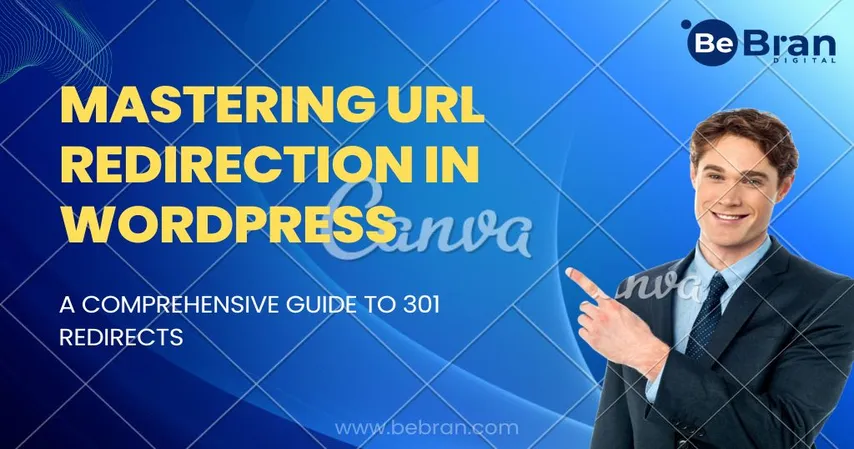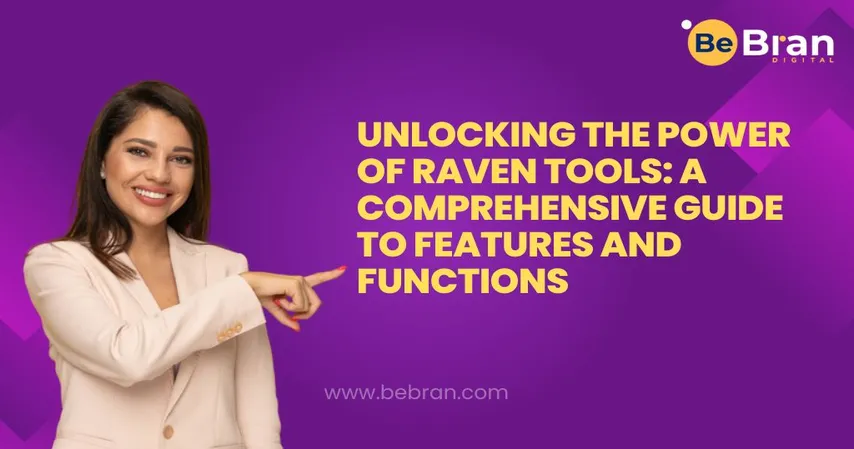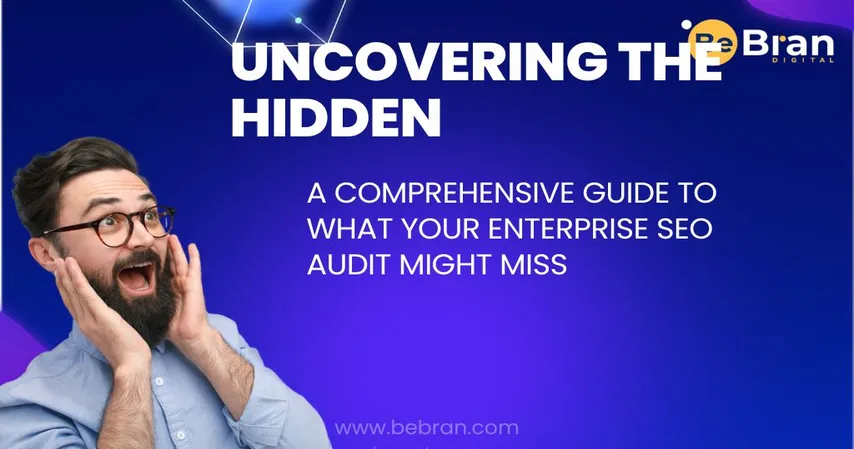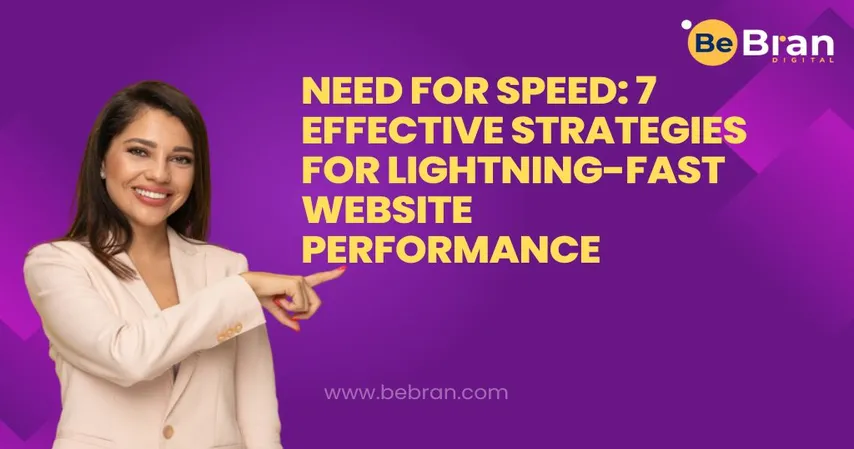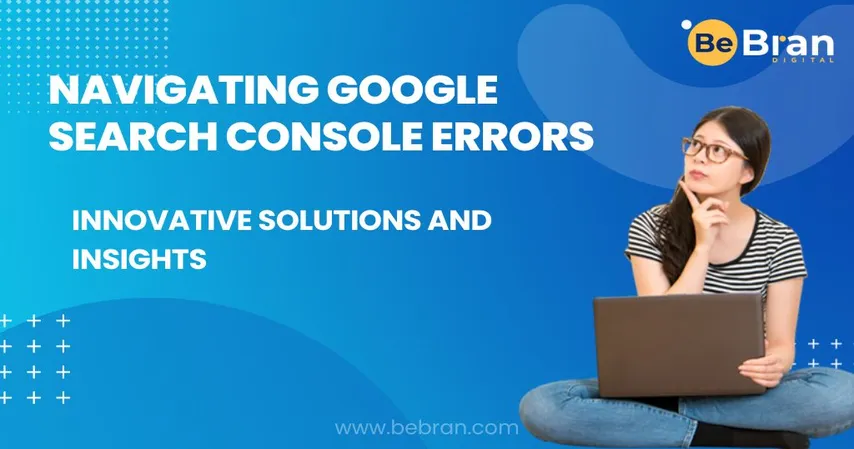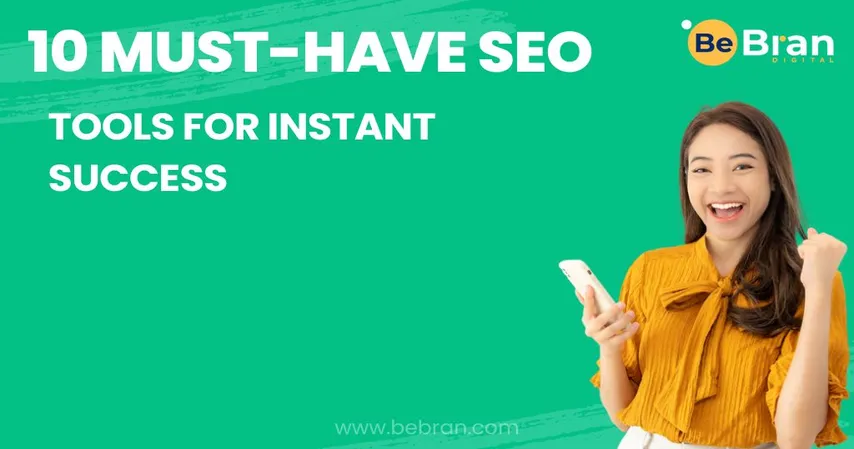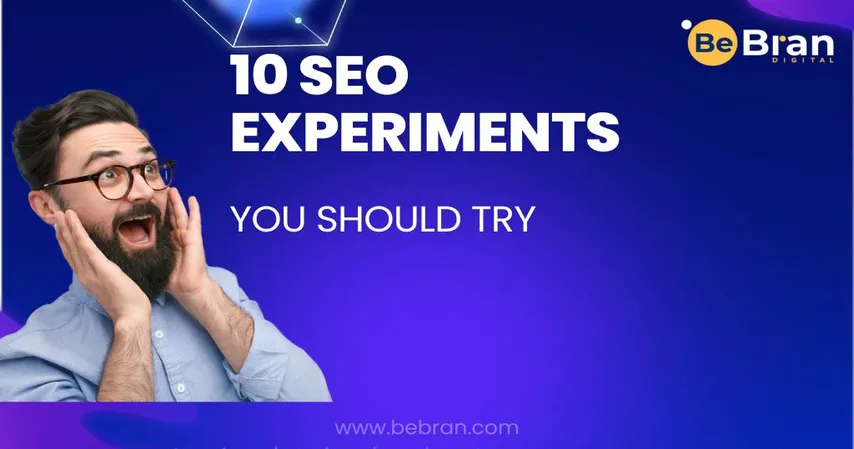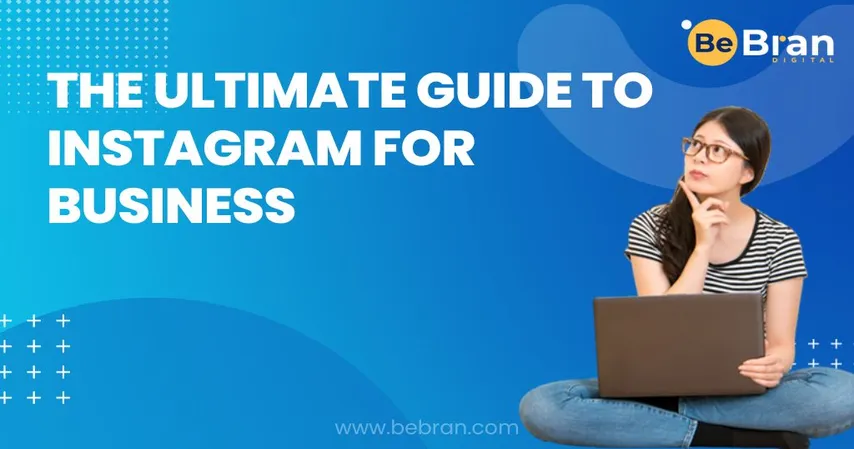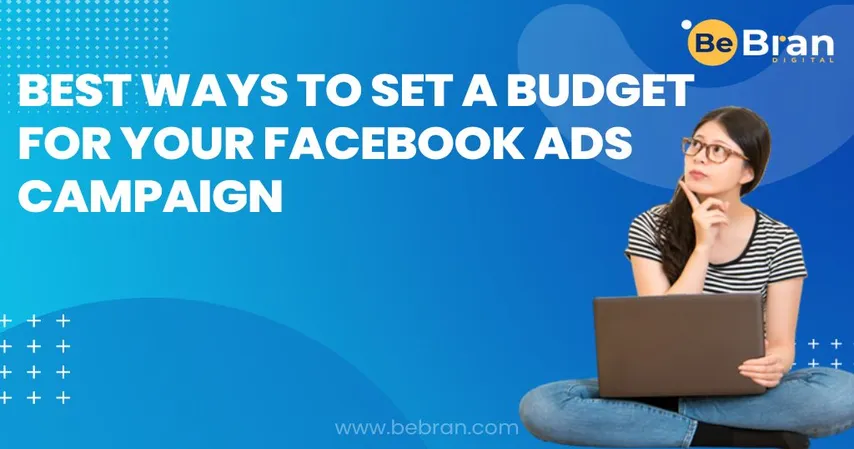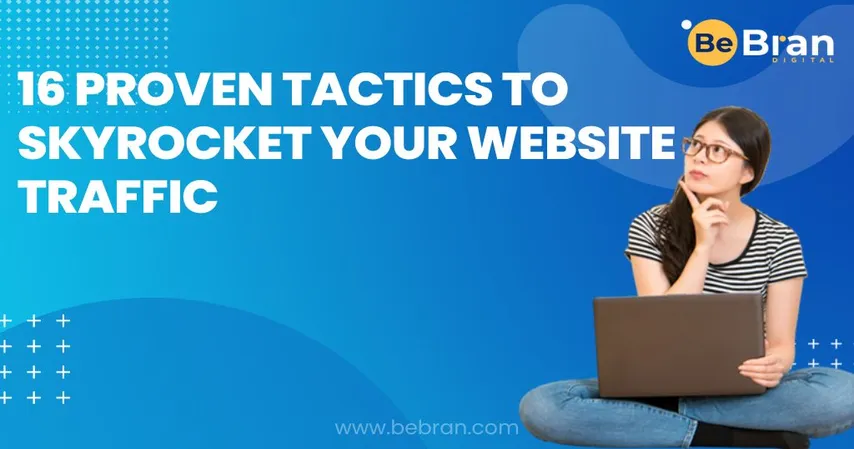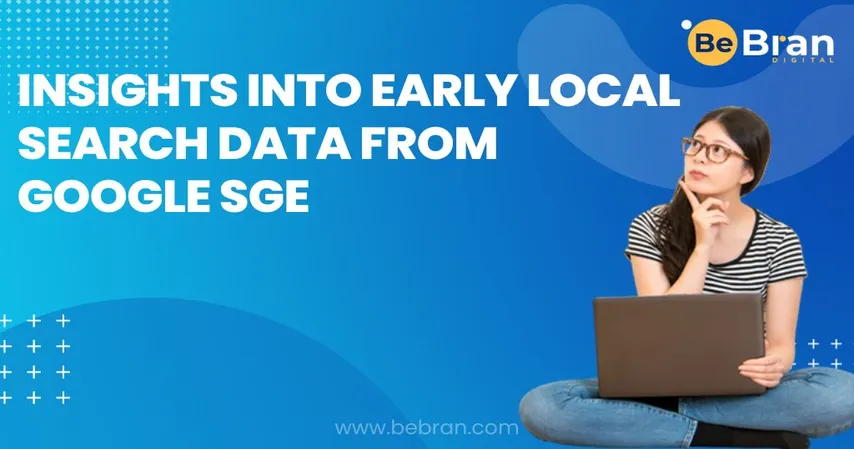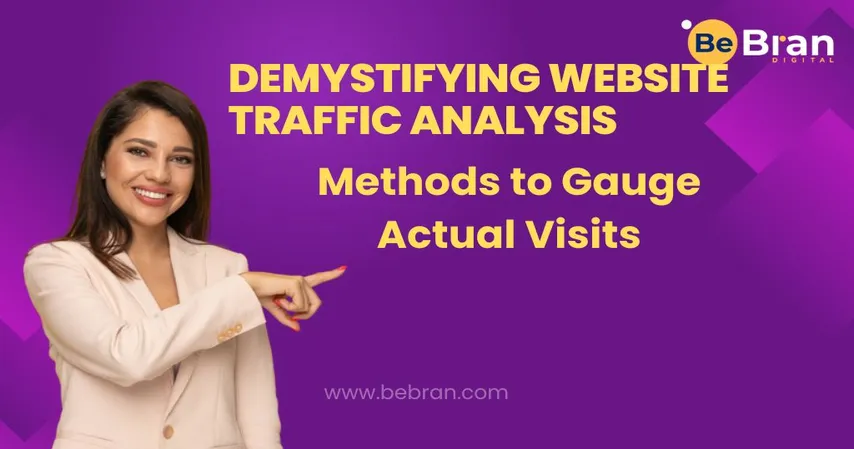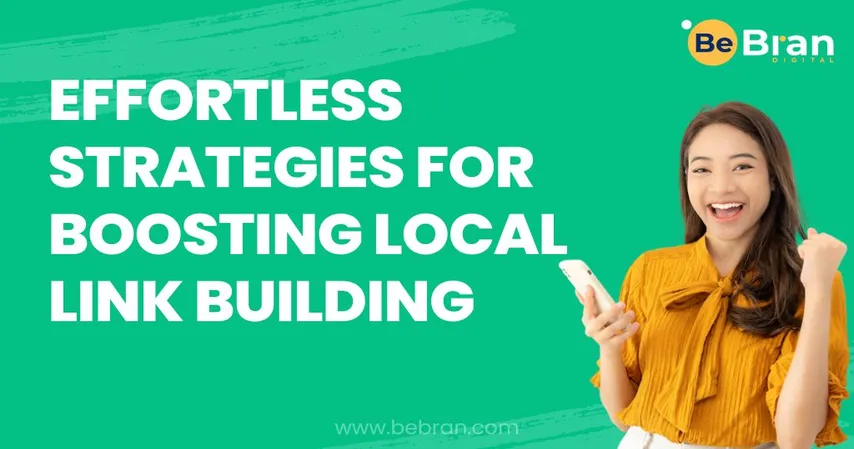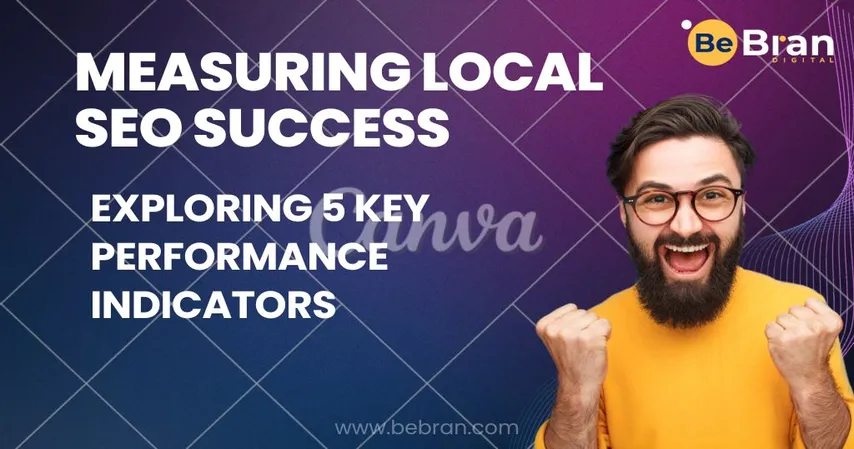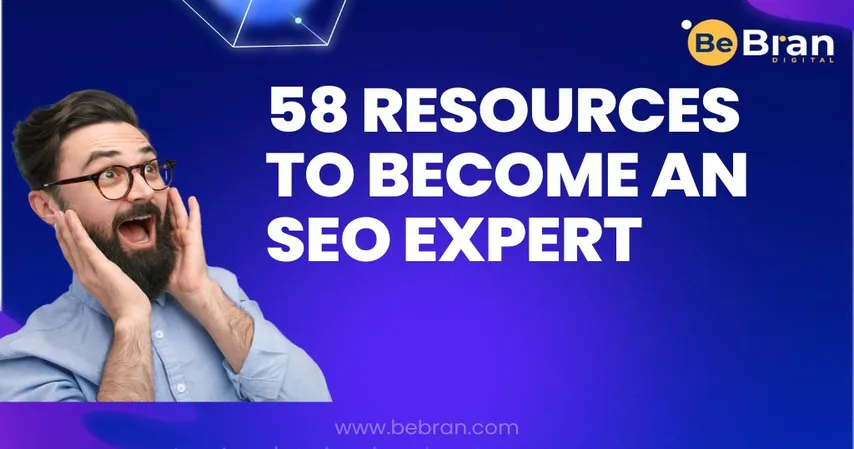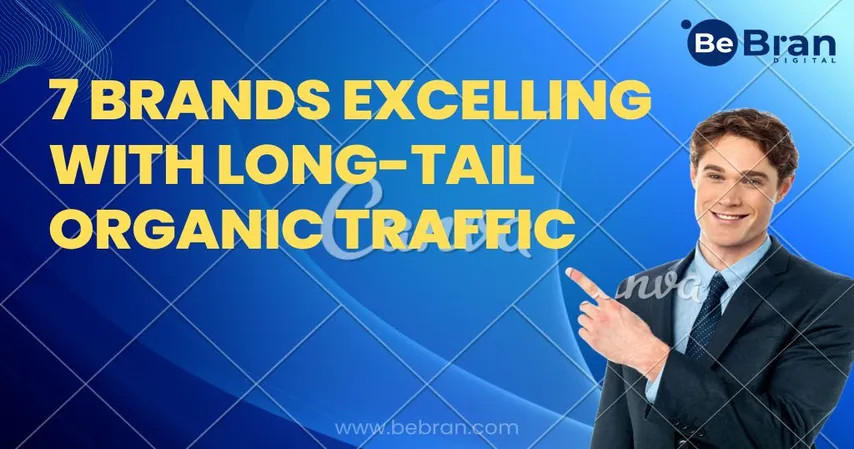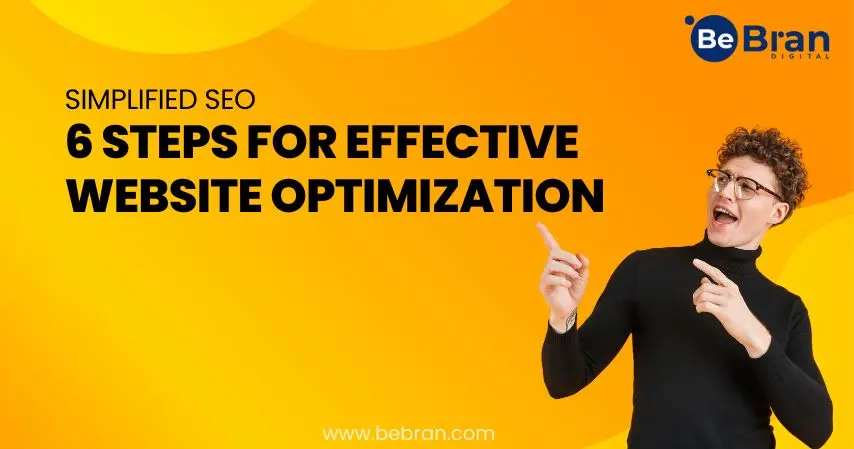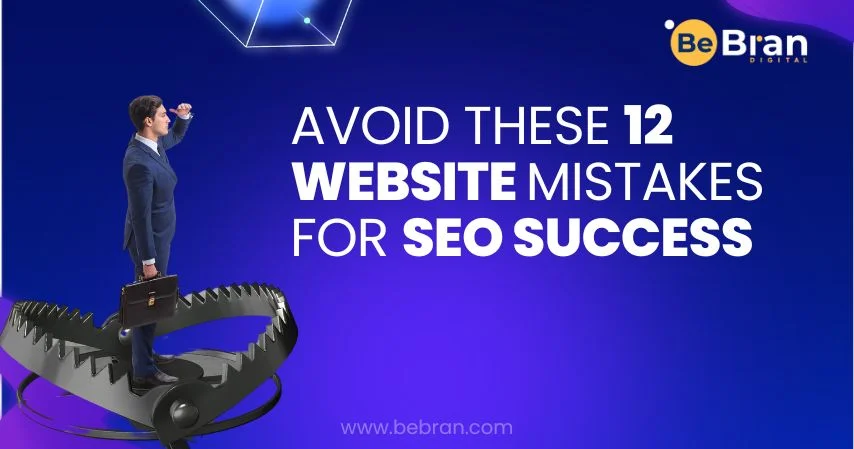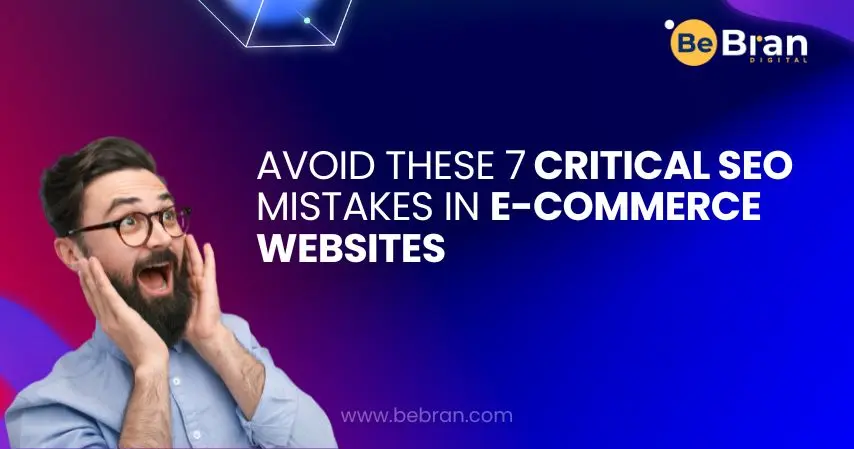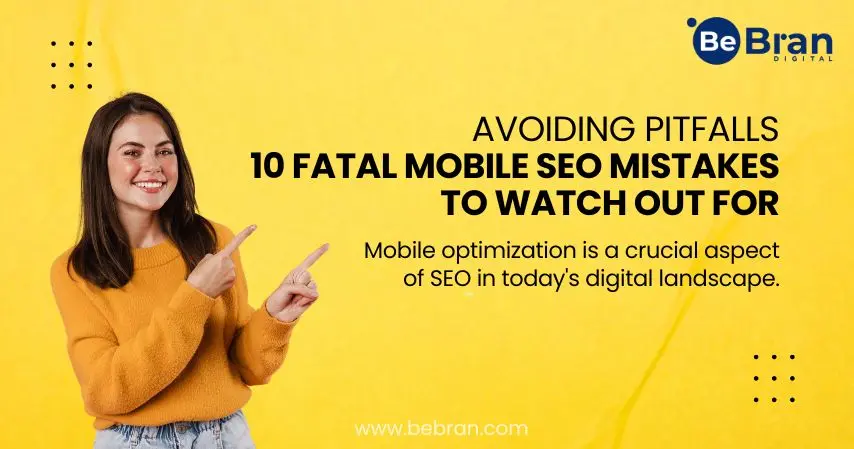SEO, or search engine optimization, involves strategies aimed at enhancing the visibility of your website for users on search engines like Google. This is significant for various reasons.
Firstly, achieving a higher ranking in search results can lead to increased website traffic. When your site appears at the top of search results, it not only attracts more visitors but also contributes to building brand awareness. Additionally, an improved Return on Investment (ROI) is likely when your website is easily discoverable by users.
Highlighting the critical importance of SEO for businesses, it's worth noting that a substantial 93% of all online experiences begin with a search query. This statistic underscores the pivotal role that search engines play in shaping online interactions and emphasizes the significance of optimizing your website to capture this substantial portion of user engagement.
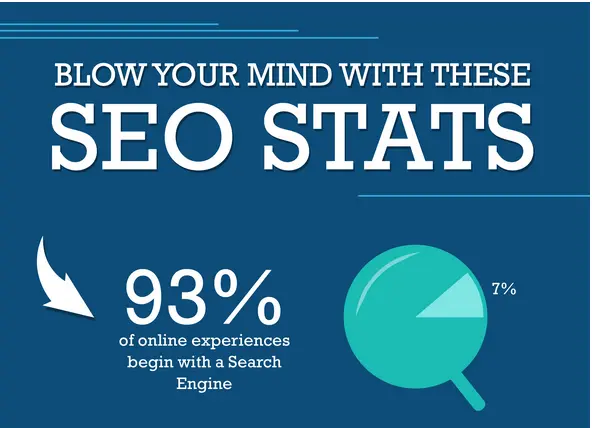
It's crucial not to overlook the potential traffic that effective SEO can bring to your website.
In addition to SEO, Conversion Rate Optimization (CRO) holds significant importance for several reasons. Without successful conversions, your business model lacks sustainability. Regardless of the volume of traffic, generating revenue is essential for the longevity of your business.
The primary objective of conversion rate optimization is to systematically test and refine your landing pages. The ultimate goal is to persuade a higher percentage of website visitors to make a purchase. This iterative process ensures that your website not only attracts traffic but also converts that traffic into valuable customers, contributing to the financial success and longevity of your business.
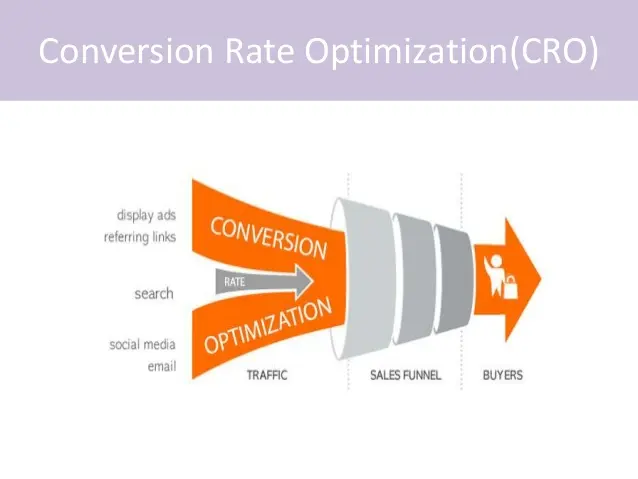
Absolutely, the symbiotic relationship between SEO and CRO is evident. SEO functions to drive increased traffic to your website, expanding its reach and visibility. Once the traffic is on your site, CRO steps in to optimize the user experience, persuading and converting visitors into paying customers.
SEO and CRO work hand in hand to create an ideal synergy — SEO attracts the audience, and CRO ensures that a higher percentage of that audience takes desired actions, such as making purchases. Together, they form a dynamic duo that maximizes the effectiveness of your online presence, from attracting potential customers to successfully converting them.
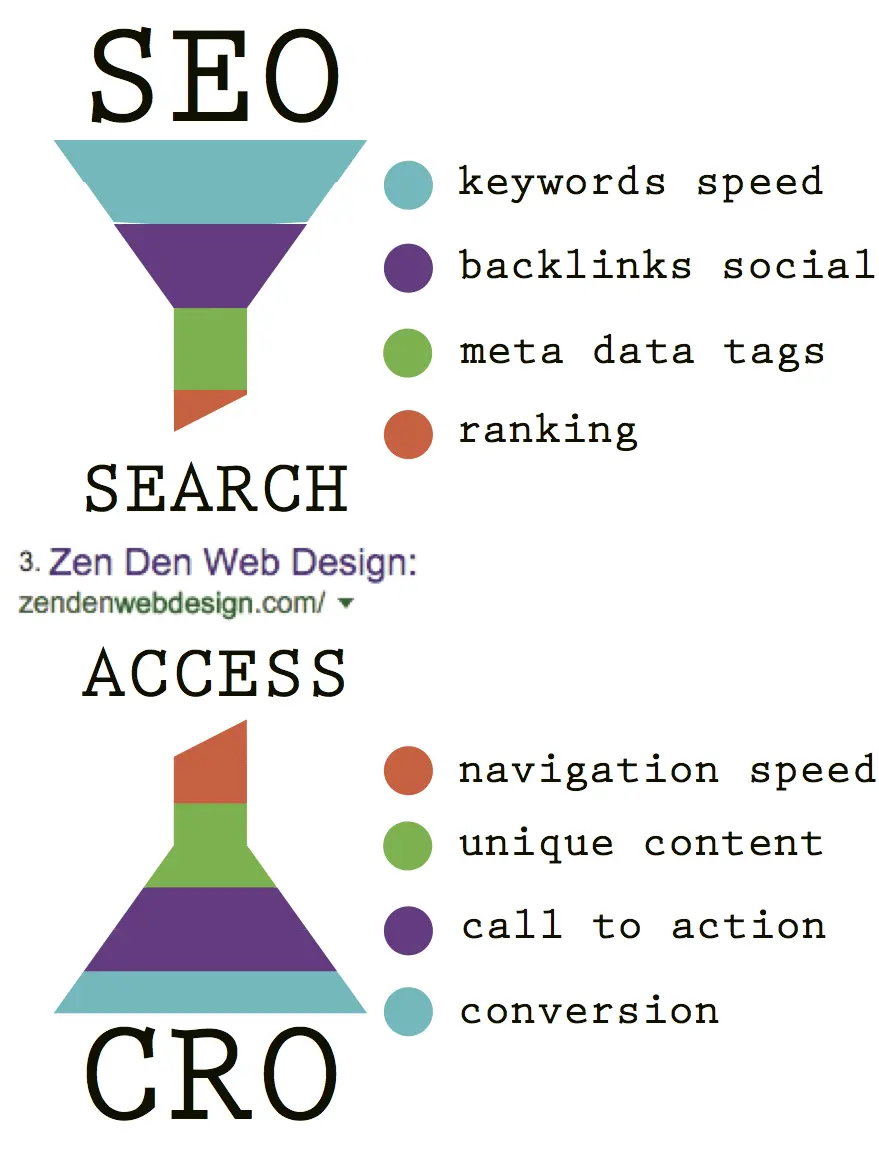
"Addressing a crucial concern, optimizing both strategies is essential for business success. Having substantial traffic without converting customers is detrimental, just as having a finely tuned landing page without directing visitors to it. Achieving a balance is key.
Now, let's delve into seven smart Conversion Rate Optimization (CRO) strategies to enhance both your rankings and conversions."







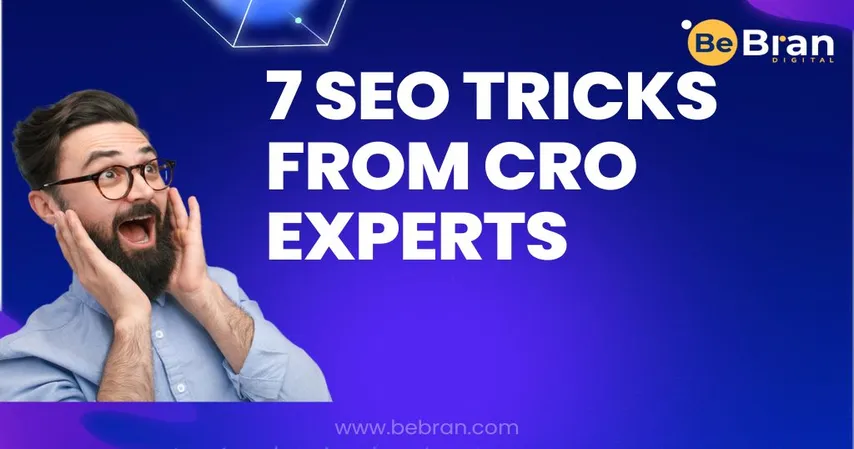




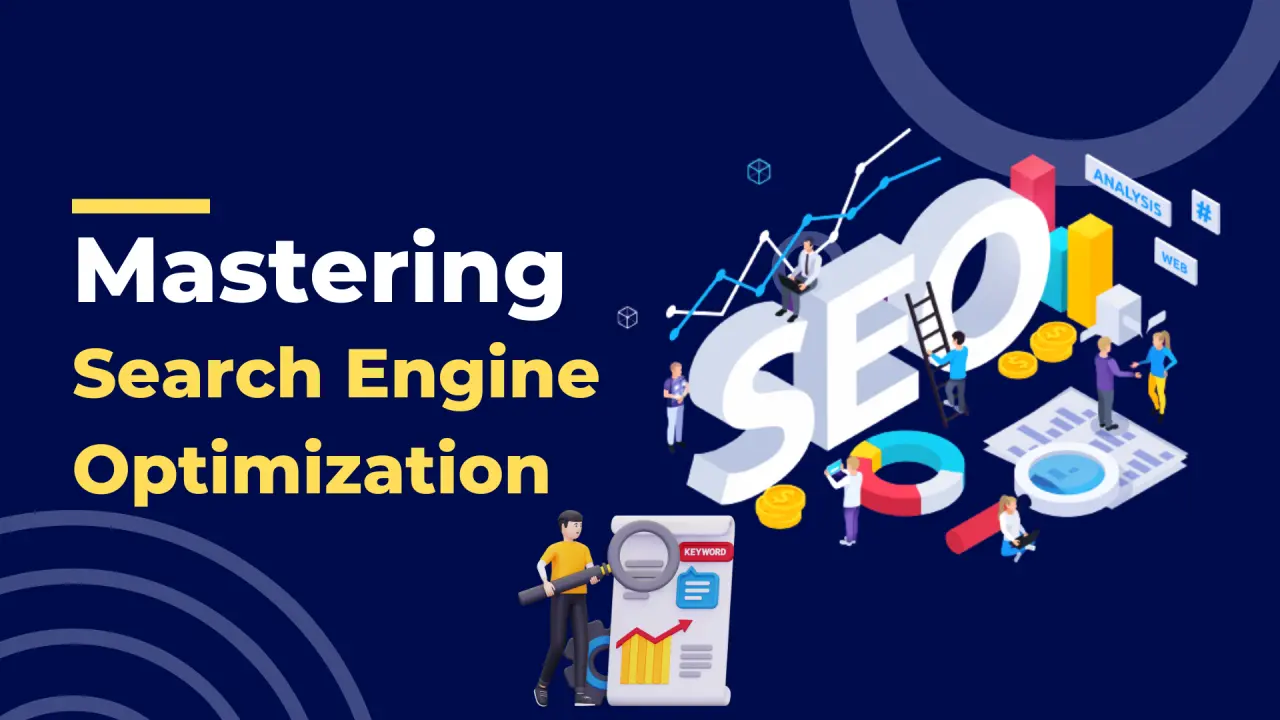





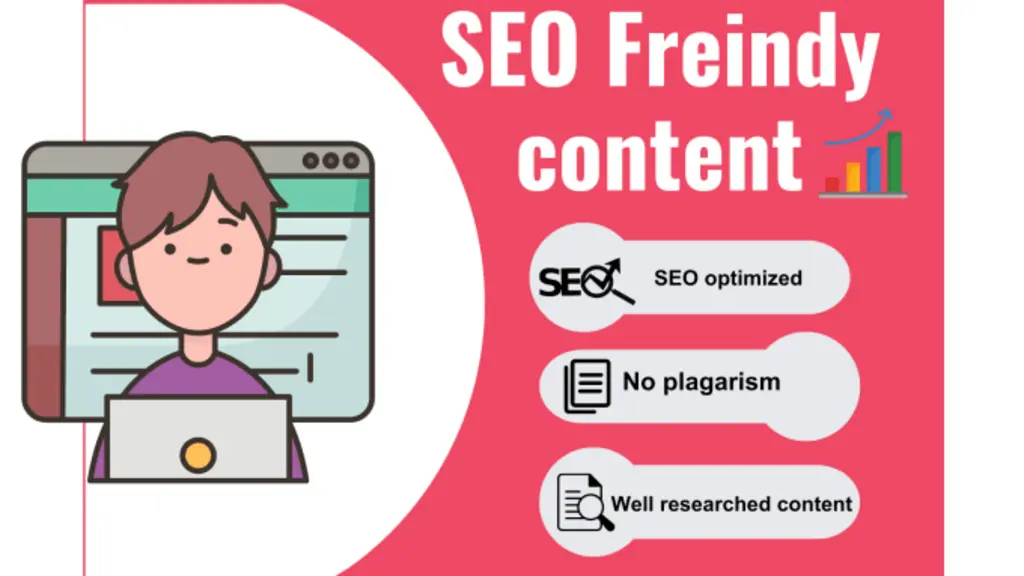

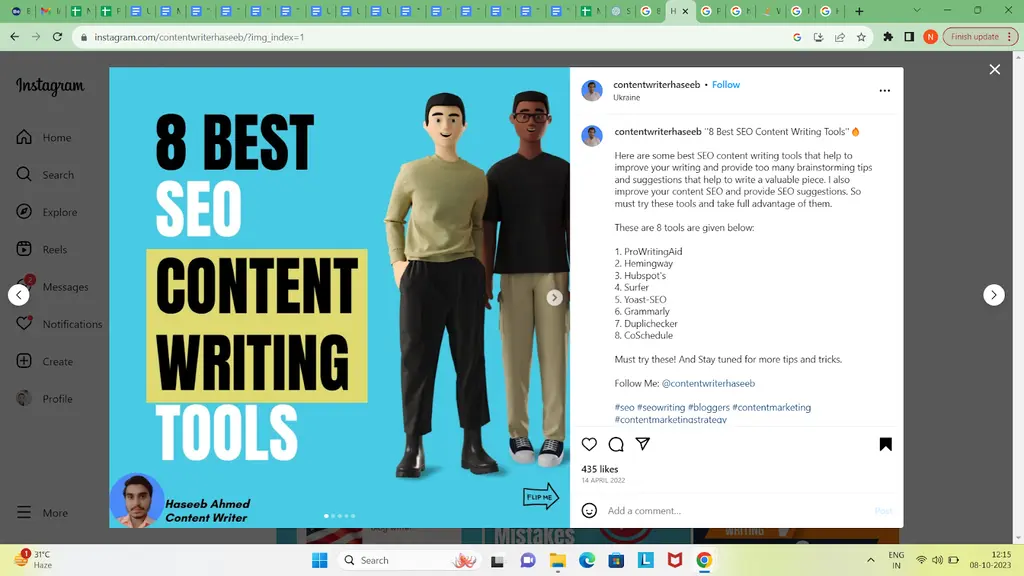



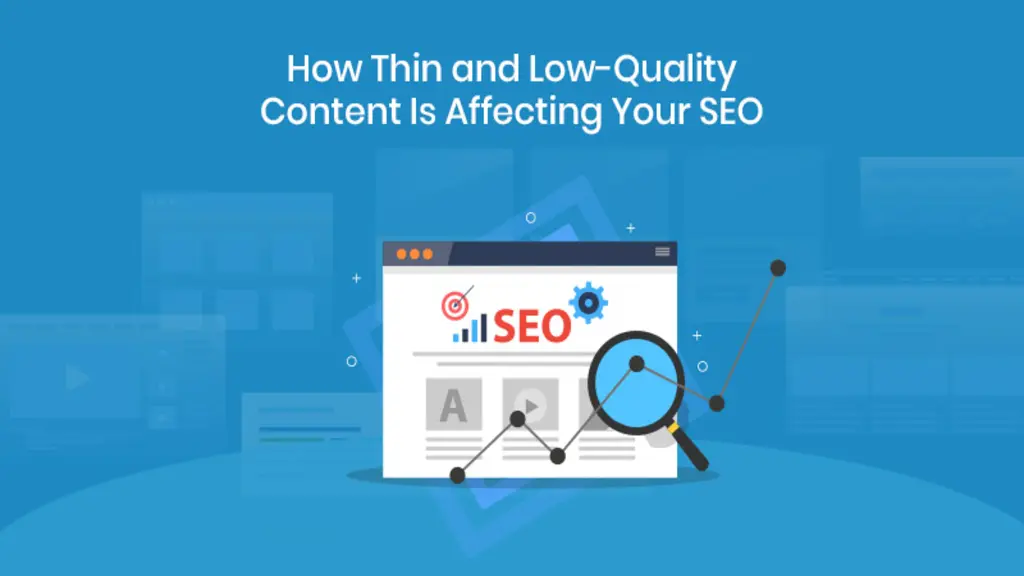





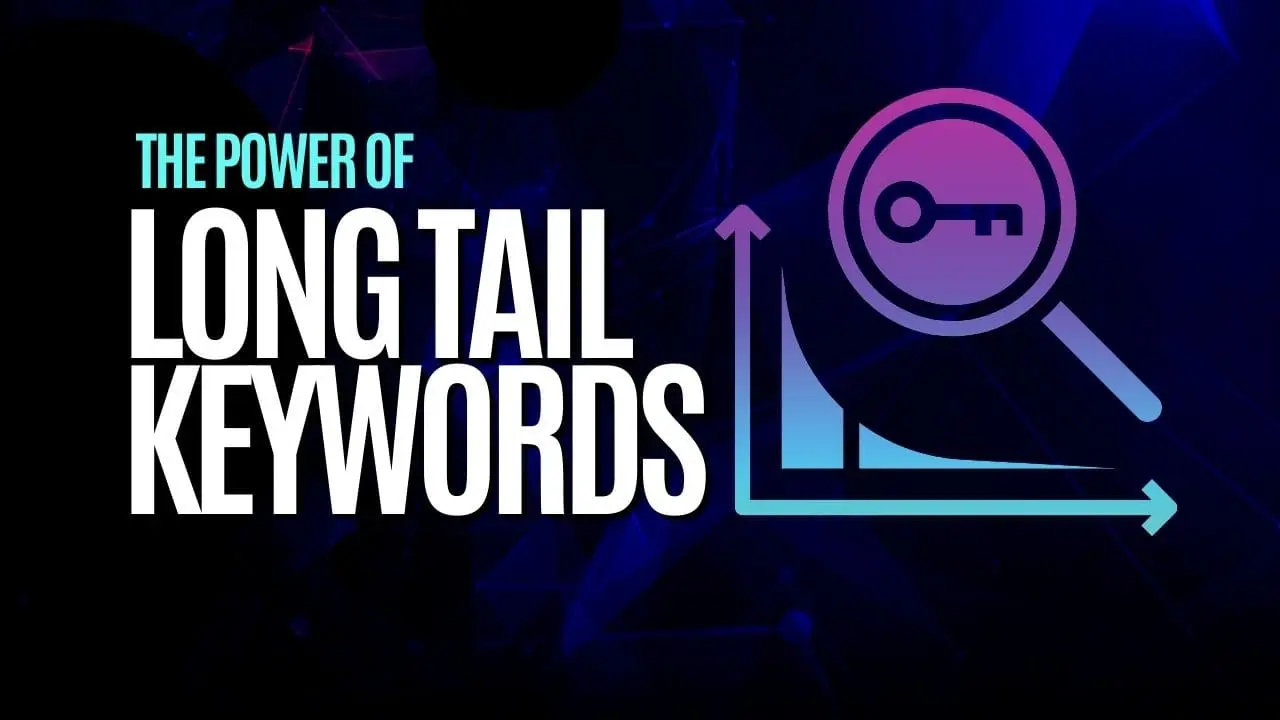






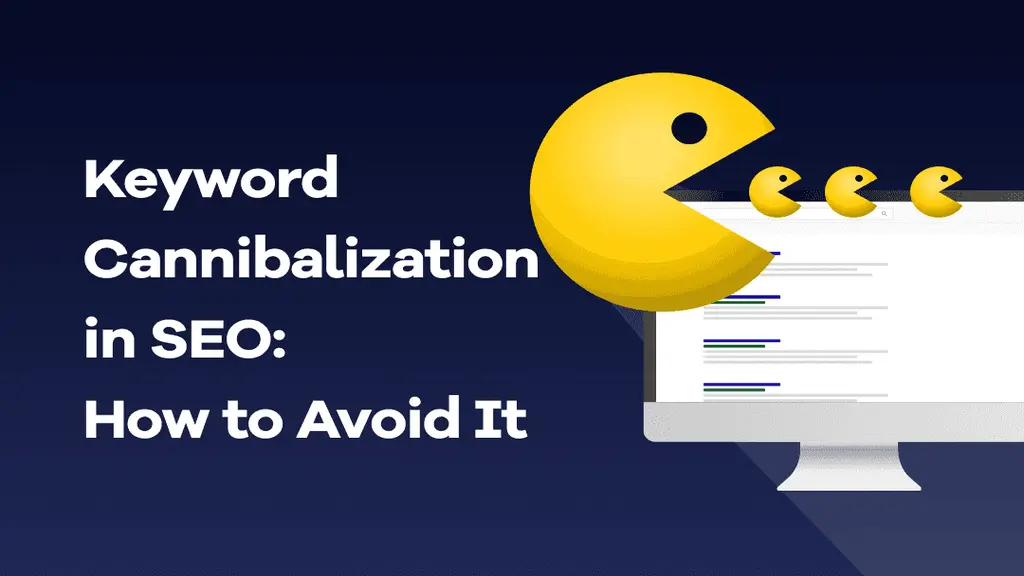

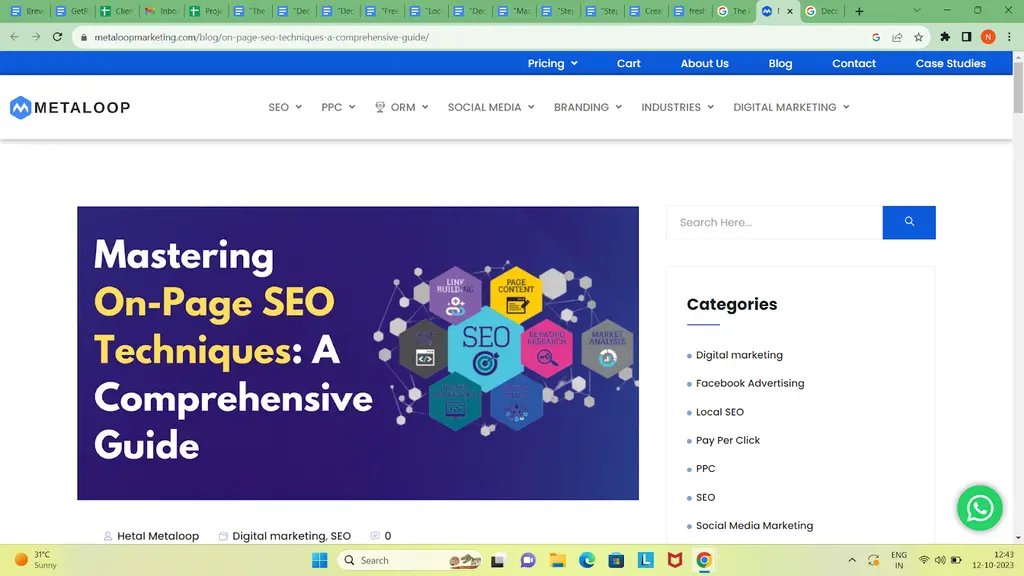

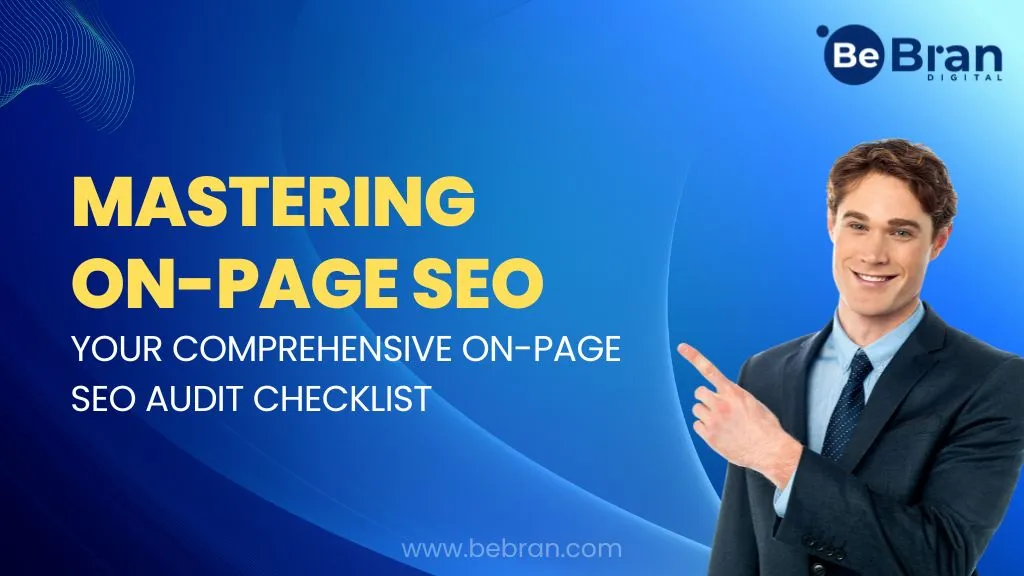

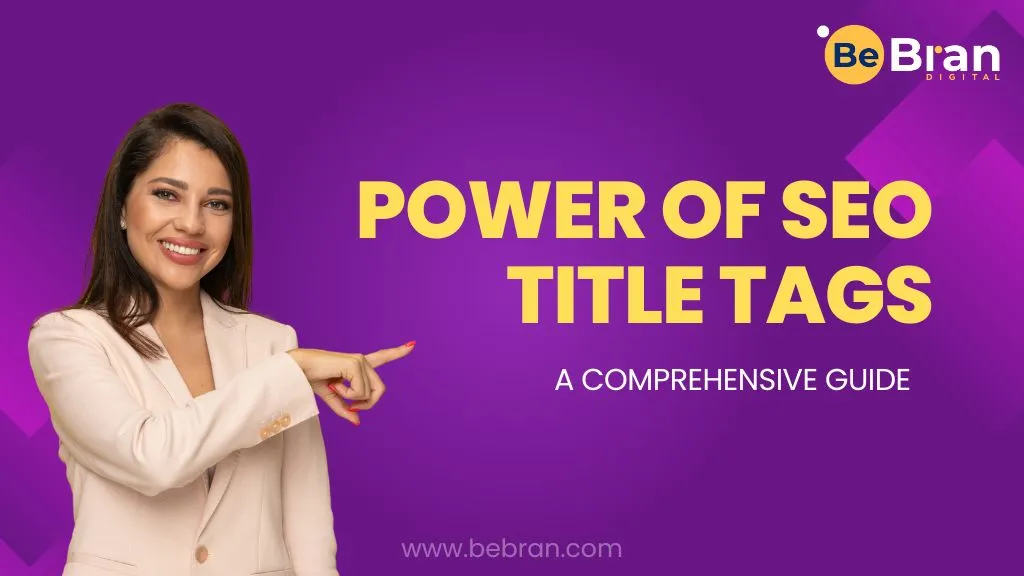

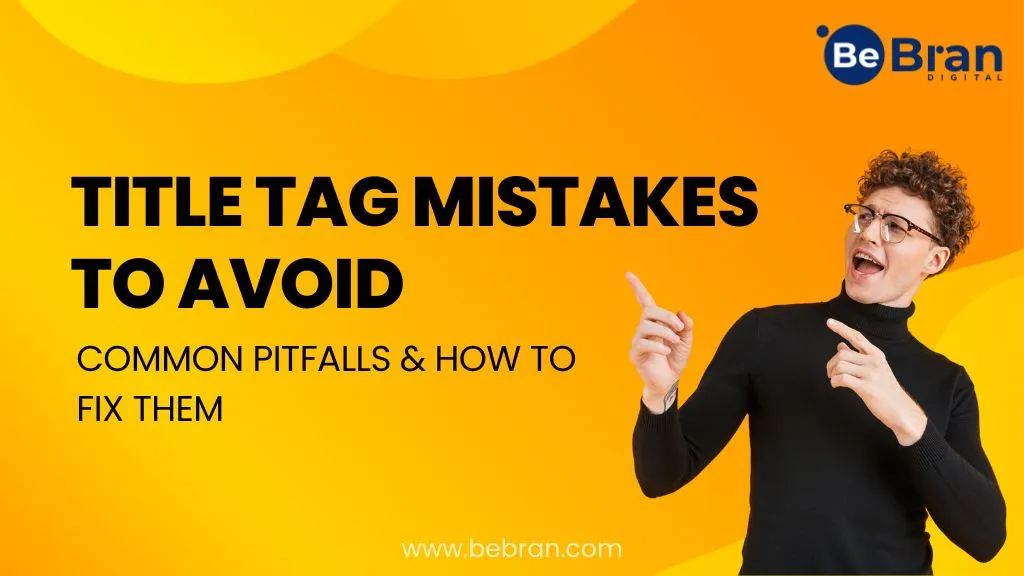




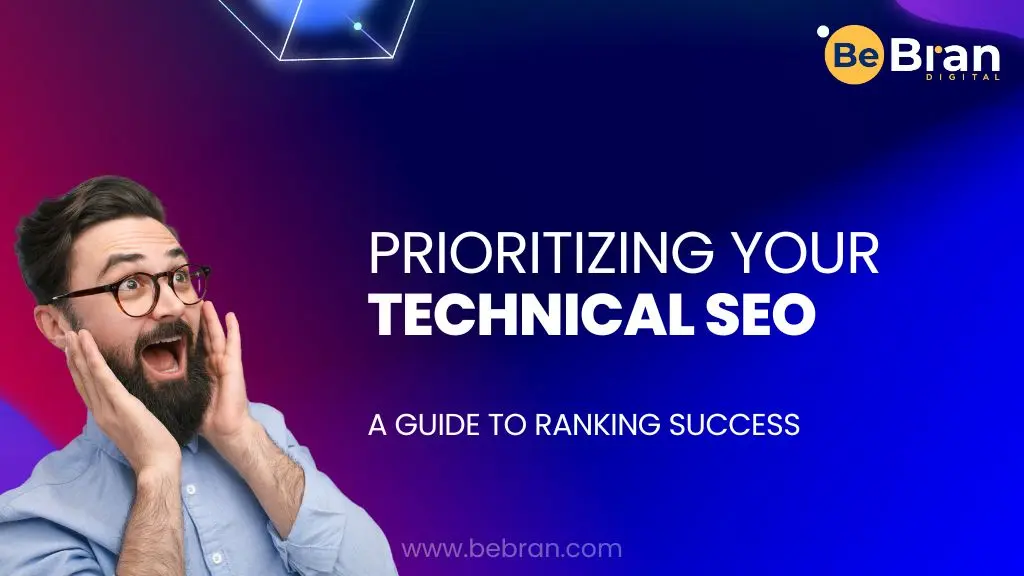

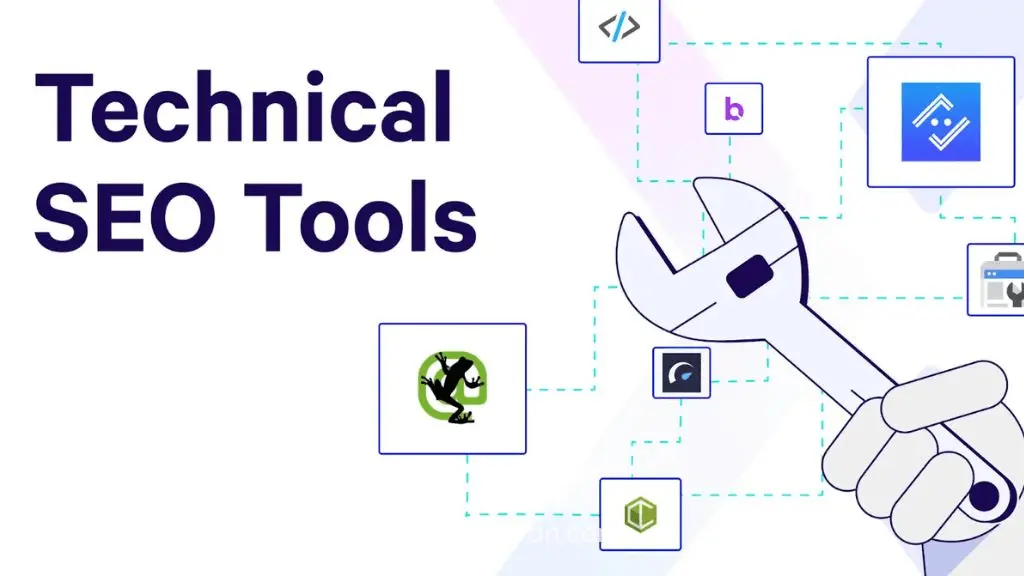

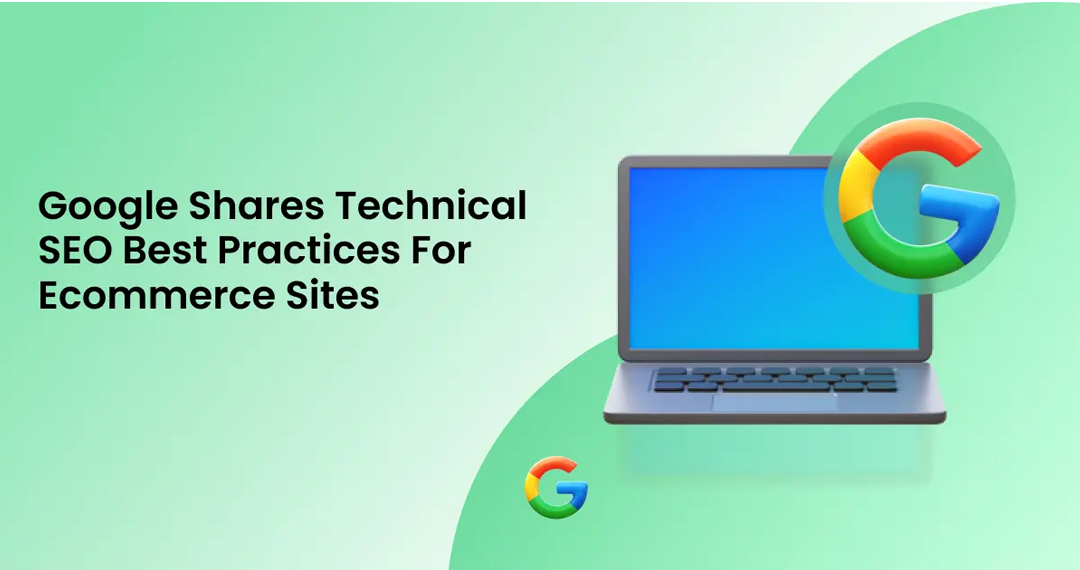

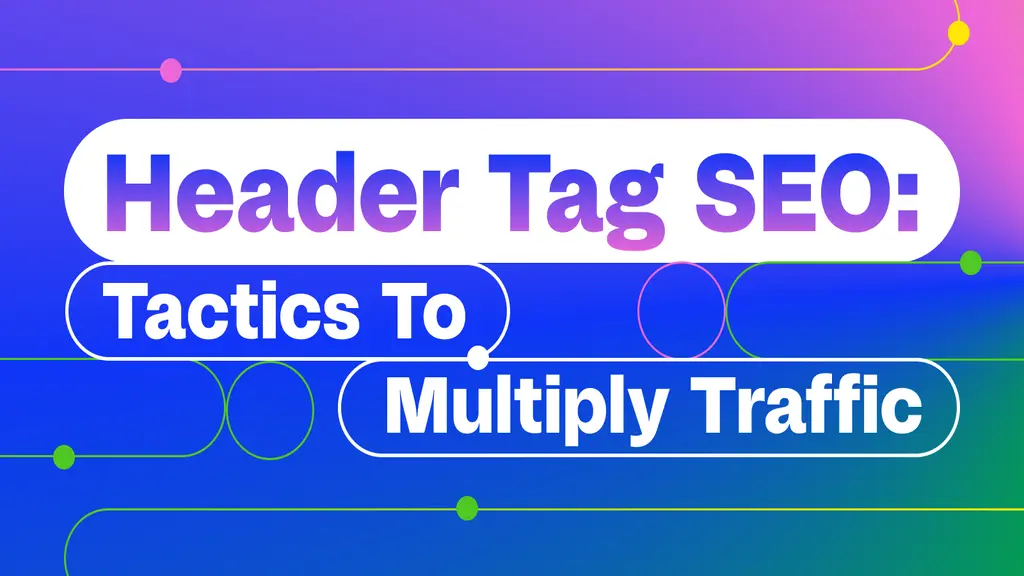

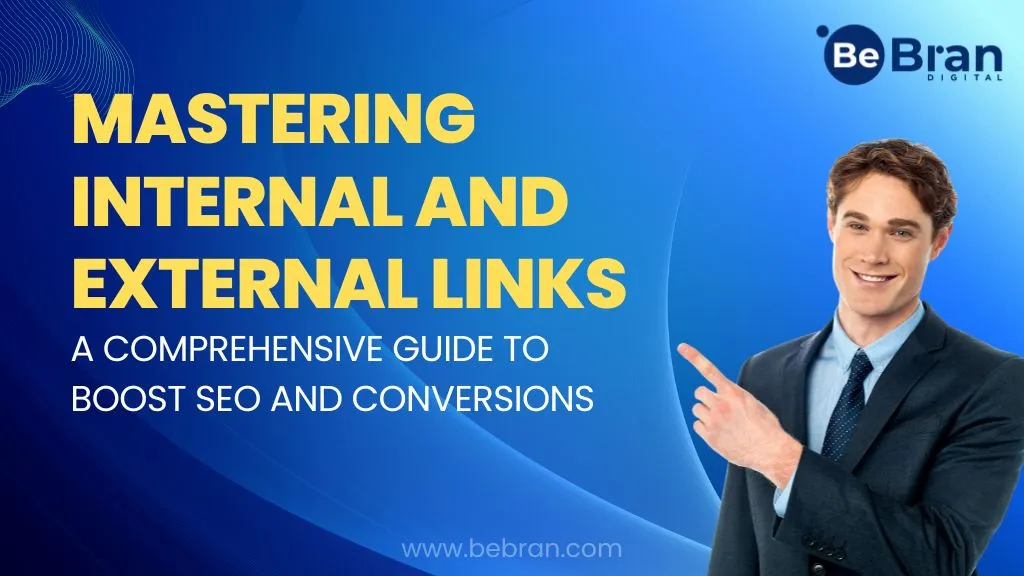









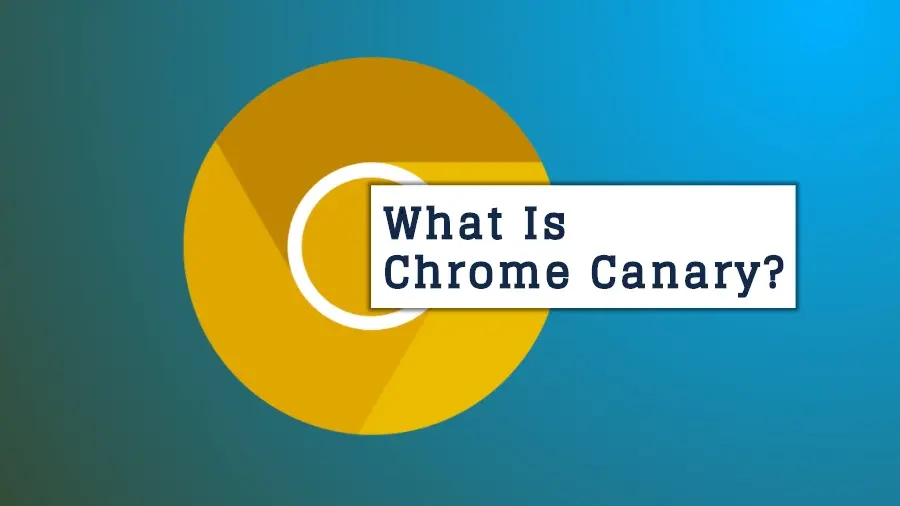
![1707475220 Bebran[1]](https://bebran.com/public/uploads/1709129094_1707475220_bebran[1].webp)

![1707475220 Bebran[1]](https://bebran.com/public/uploads/1709132759_1707475220_bebran[1].webp)

![1707475220 Bebran[1]](https://bebran.com/public/uploads/1709133996_1707475220_bebran[1].webp)

![1707475220 Bebran[1]](https://bebran.com/public/uploads/1709135250_1707475220_bebran[1].webp)
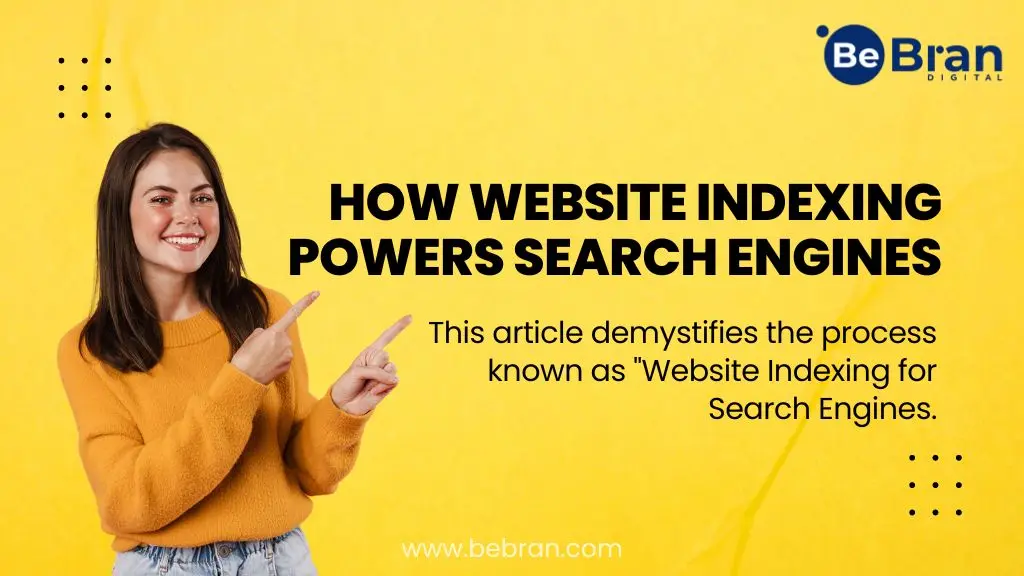
![1707475220 Bebran[1]](https://bebran.com/public/uploads/1709135874_1707475220_bebran[1].webp)

![1707475220 Bebran[1]](https://bebran.com/public/uploads/1709136770_1707475220_bebran[1].webp)







![1707475220 Bebran[1]](https://bebran.com/public/uploads/1709188948_1707475220_bebran[1].webp)

![1707475220 Bebran[1]](https://bebran.com/public/uploads/1709190426_1707475220_bebran[1].webp)












